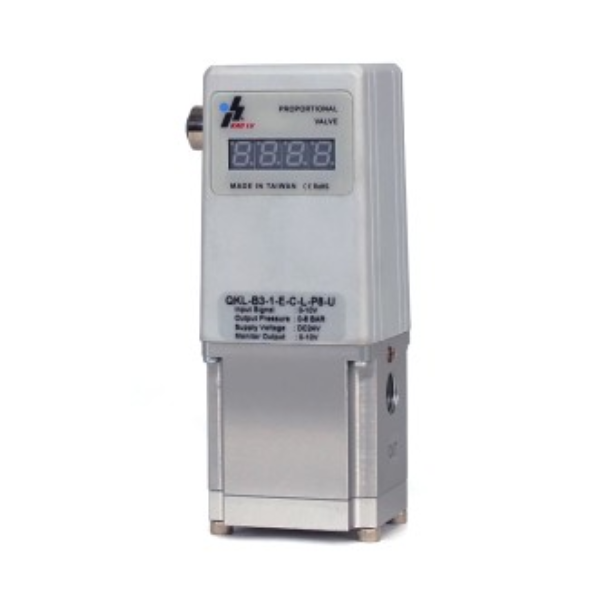How Electronic Vacuum Regulator Valve Works

The electronic vacuum regulator valve is used to stabilize fluid pressure by the inlet & outlet ports. This will allow for higher air pressure into and out of the system, depending on the requirements. Vacuum regulators and breakers are operated under the same principles. But the vacuum pressure controller doesn’t allow the air to process the line while the vacuum breaker will. Depending on its use, it might be taken as the means of more energy expenditure for clearing the airlines. And also to adjust the system pressure.
Types of Vacuum Regulator Valve & Working:
The electronic vacuum regulator valve & brakes are usually used for the same function. Both the regulator and breaker are used to manage fluid pressure within the system. Both the technologies use different mechanical principles for achieving the goal of regulating pressure. The mechanical pressure regulator is specially designed to control the pressure via the inlet port. In comparison, a vacuum pressure regulator or breaker can manage the air pressure via the outlet port.
Mechanical High-Pressure Controller:
The mechanical vacuum pump controller is based on the force balancing principle. The inlet pressure of the air decreases due to the opening of the inlet ports. And it allows increasing the system pressure. In contrast, the inlet port is closed for reducing the system’s air pressure & to increase the level of vacuum.
The spring-loaded diaphragm of the regulator is used in this technology, which is placed in between process vacuum & inlet port. This allows the diaphragm of the electronic vacuum regulator valve to expand & contract against the spring. The spring used in the controller is tightened to ensure the diaphragm’s movement, which automatically releases the gas flow. But it releases the gas as required to maintain the appropriate fluid pressure in the system.
Vacuum Breakers As High Pressure Controller:
The vacuum relief regulator and vacuum breakers use the spring-loaded diaphragm mechanism. But a change is that the pressure managed by it is through the outlet port instead of the inlet port. In addition, the vacuum breaker adjusts the air pressure in the system via opening the exit port to increase application pressure. And also to decrease the vacuum level.
Here the spring-loaded diaphragm works on the same function as the mechanical regulator works. As the air pressure goes down and the vacuum increases. The diaphragm mechanism applies the pressure at the valve of the electronic vacuum regulator through the plunger. As the pressure goes up, the diaphragm deflates and releases the air pressure on the plunger. This allows the system pressure to go down again.
What Does A Vacuum Regulator Do?
When it comes to the functionality of the electronic vacuum regulator valve, we will see the system’s pressure is more efficient compared to traditional valve seats. The diaphragm mechanism manages the flow of air from the pump or external ambient air source. The adjustable vacuum controllers allow the operators to ensure the system is operating at a suitable pressure. And this is without the need for regular manual invention.
Common Vacuum Regulator Applications:
The electronic vacuum regulator is high helpful when it comes to its different applications & industries. Below are some of the common applications of the vacuum controllers are given below:
- Airflow control
- Dairy milking machinery
- HVAC equipment
- Laboratory & analytical instruments
- Reservoir regulation
- Fuel cell efficiency
- Flow meters
- Medical & dental equipment
- Pressure stabilization
- Pump control
- Industrial liquid flow optimization
- Altitude simulations
- Food product packaging
The best advantage of using the electronic vacuum pressure regulator is that they can help us to manage the flow of gas & liquids regardless of the manual flow control. Another benefit of it is that, it reduces the energy & cost of the labour, which increases the overall efficiency of the system you use.
Final Words:
In this guidepost we have mentioned that how the electronic vacuum regulator works. Not only this, but we also write the different types of regulator as comparison to define the working of the vacuum regulator.






